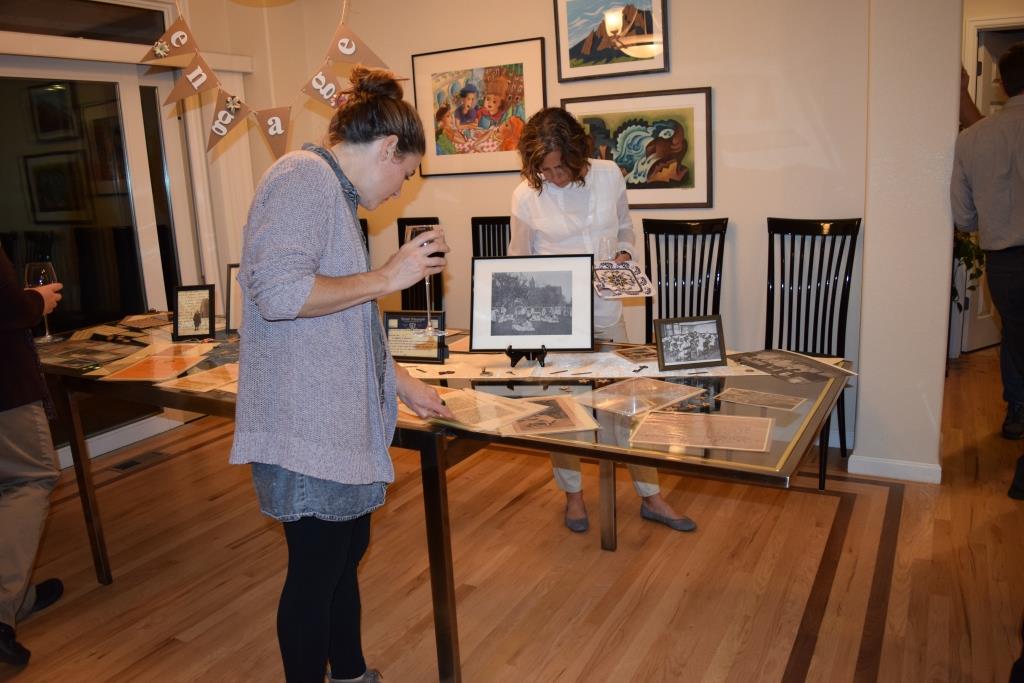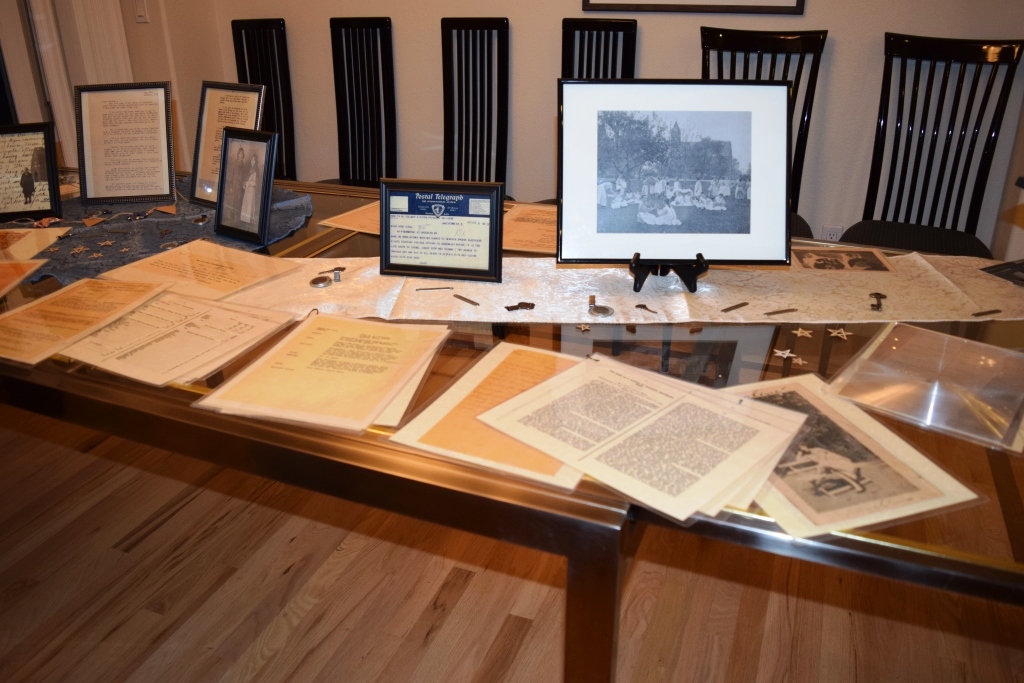Colloquium: a usually academic meeting at which specialists deliver addresses on a topic or on related topics and then answer questions relating to them.
A few times each semester, the English department hosts a colloquium. All department faculty and graduate students are invited. We gather, with fine appetizers and drinks in hand, to enjoy one another’s company and hear about the work that our colleagues are doing. For the first colloquium of this year, there were four presenters, and English Department Communication Intern Ashley Alfirevic attended, took some pictures, and wrote a reflection to share. The presenters were:
- Ellen Brinks talked about her experience leading students to Livingstone, Zambia, this summer through Colorado State University’s Study Abroad program (and African Impact).
- Dan Beachy-Quick talked about the Crisis and Creativity Symposium he hosted this summer as part of his Monfort Professorship.
- Tobi Jacobi and Ed Lessor talked about their work this summer creating pop-up museums around Hudson, New York, for the Prison Public Memory Project.
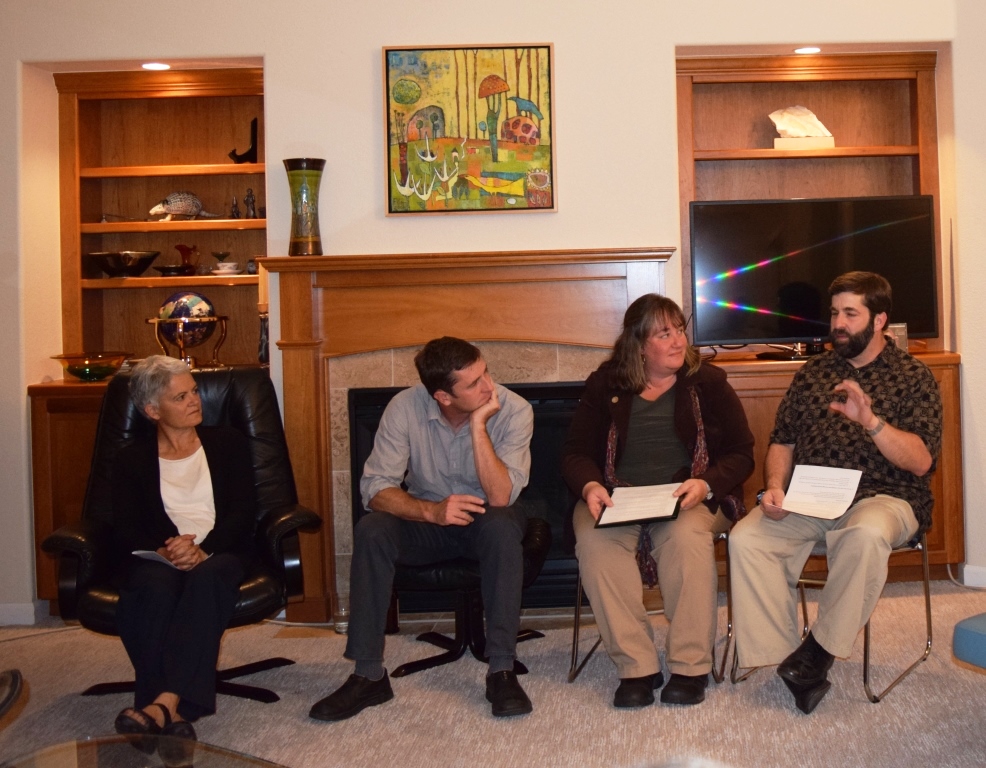
~by English Department Communications Intern Ashley Alfirevic
Admittedly, I felt a little nervous walking into Department Chair Louann Reid’s house. This open house colloquium would be full of sophisticated grad students and professors, colleagues in an intimate space, and I felt woefully immature in comparison.
“It’ll be fine. This will be great on the blog,” I concluded. When I opened the door to walk in, a little bit of the siding on the screen immediately fell off. “Oh my God, Oh my God, Oh my God, I broke the door to the Department Chair’s house!” I thought. It was a small piece of plastic and Louann insisted it wasn’t important, but I was mortified, convinced it was a bad omen for the rest of the evening.
However, the warmth and the friendliness from both the people I knew and the ones I had just met suppressed my undergraduate-esq panic and quickly gave way to conversations about the documents from the Pop Up Museum that Tobi Jacobi and Ed Lessor set out on the table.
The old documents from the New York State Training School for Girls fascinated all of us milling around the table. A reform school for “delinquent” girls in the twenties and thirties, the documents ranged from formal, typewritten causes of admission – usually “willful misbehavior” – to handwritten letters to mom from homesick teenagers.
After appetizers and drinks, we sat down to listen to the creative activities faculty were engaging in outside the classroom. Addressing their inspiration to create their programs, the unexpected problems they faced, and the outcomes they didn’t expect, Ellen Brinks, Dan Beachy-Quick, Tobi Jacobi, and Ed Lessor all talked about the summer projects that changed the way they look at teaching.
Ellen began, saying that an independent trip to Zambia made her wonder how CSU students could make a real impact in a leaning environment without fundamentals like textbooks. After quick approval from CSU Education Abroad and some lengthy convincing of parents following the Ebola crisis, Ellen gathered together a group of undergraduates for a life-changing experience. “Sometimes failing is the best thing that can happen,” she said of her students. When teachers in Zambia didn’t always come to class, the CSU students were left to come up with ideas to teach the energetic kids, inventing sentence relay races. Learning from the collectivist culture of the Zambian children, who often help each other grasp new material with each of their individual talents, the CSU students came together to form a community of support for one another. “Zambia was a flower that continually opened for us,” Ellen reflected, adding that growing from challenges in unfamiliar environments and experiential learning is crucial to the developing student. Plus there were more picturesque moments, like “a lunar rainbow over a waterfall.”
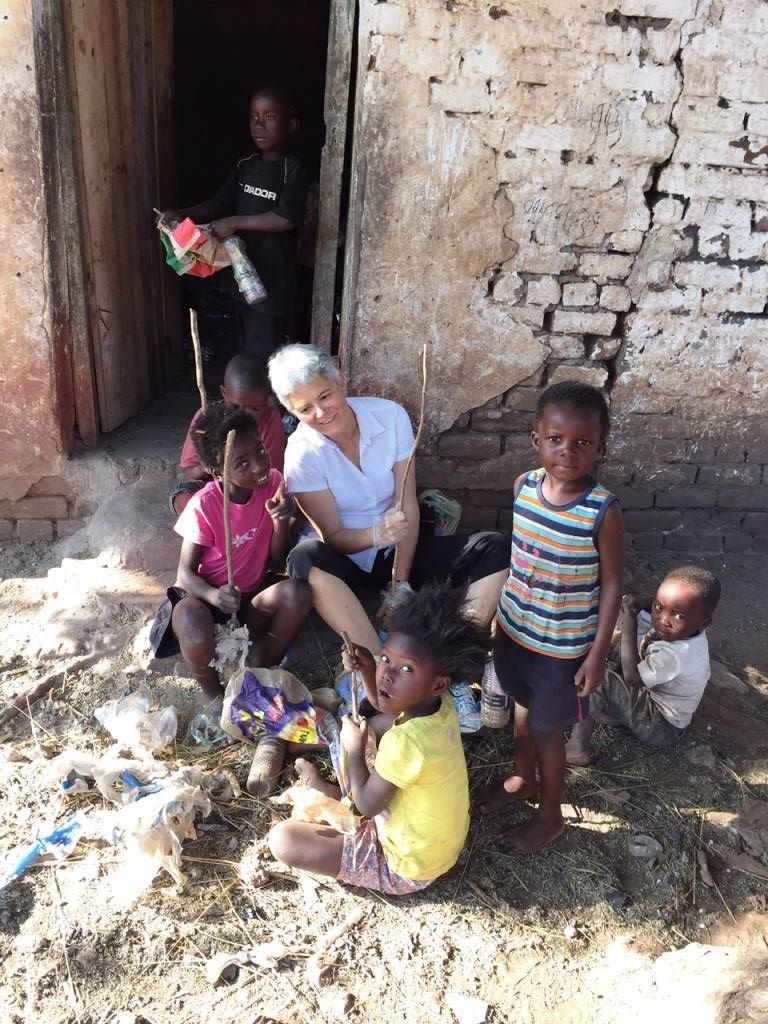
“Funny you should say that about the lunar rainbow – that’s what inspired my project,” Dan joked. His Crisis and Creativity Symposium emerged from a desire to bring humanities back into the way science deals with the major crises of our day, bridging the gap between STEM and the liberal arts. “With these crises, you either recover from them or you don’t,” he said, wanting to create a repository for mutual knowledge by gathering together faculty from all different branches of the university. Through the sheer amount of detail and planning that went into the symposium, “I learned about myselves… I mean myself,” he laughed. “Some of myselves definitely divorced during this process, and I don’t think they’ll be talking anytime soon.” While the workshop mostly confirmed things he “had long suspected,” he wanted to help return such workshops to their studio roots and help bring our philosophies back to a state of theater and play.
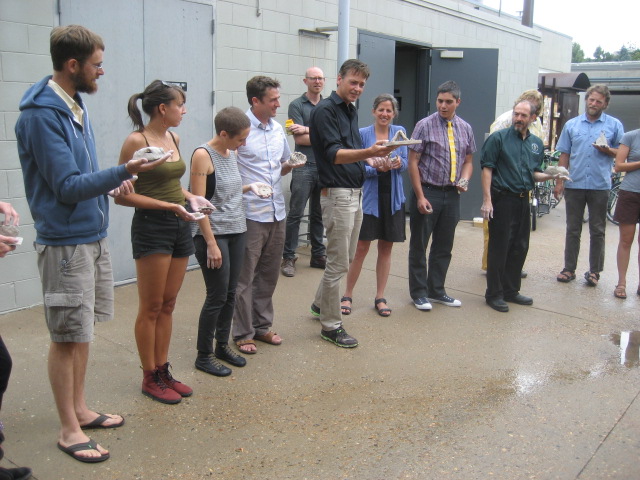
“Do we have anything about waterfalls for this segue?” Tobi asked Ed. Their project came about through a “Pandora’s box of stuff” found at a garage sale, where a local New York woman purchased the box full of documents from the Training School. Tobi was contacted to work on the project, and she worked in tandem with Ed with his anthropological expertise. The Pop Up Museum itself came about through a series of challenges when trying to find ways to bring the documents to the community. Little quandaries, like worrying someone might eat all the cookies when they had a limited budget for such things, were contrasted with more ethical dilemmas like whether the documents detailing prisoner’s STD test results fell under HIPA. The project emphasized a need to give voice to those former female inmates and to give a voice to those who want to learn about it now, bringing the connections out of academia and into the public.
At the end of the evening, everyone reiterated how wonderful it was to hear the creative, innovative ways our English Department was making an impact outside of the classroom. It no longer mattered whether I was an undergraduate; the pride in our faculty and our department was unanimous for everyone in the room.
